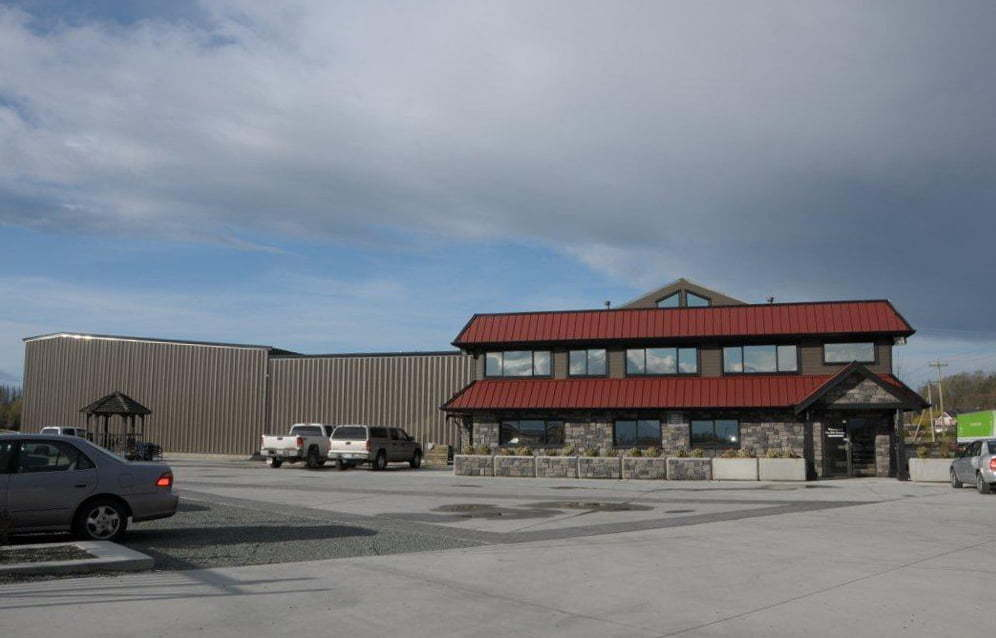Advantages of Steel Buildings:
Jun.03.2024

ADVANTAGES OF PRE-ENGINEERED STEEL BUILDINGS
Pre-engineered Metal buildings are easy to extend even after years of use.

Pre-engineered Metal buildings are easy to extend even after years of use.